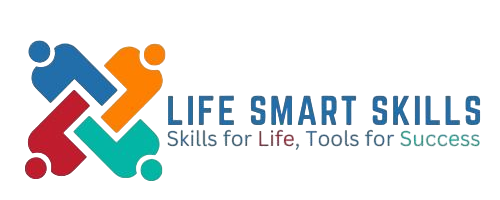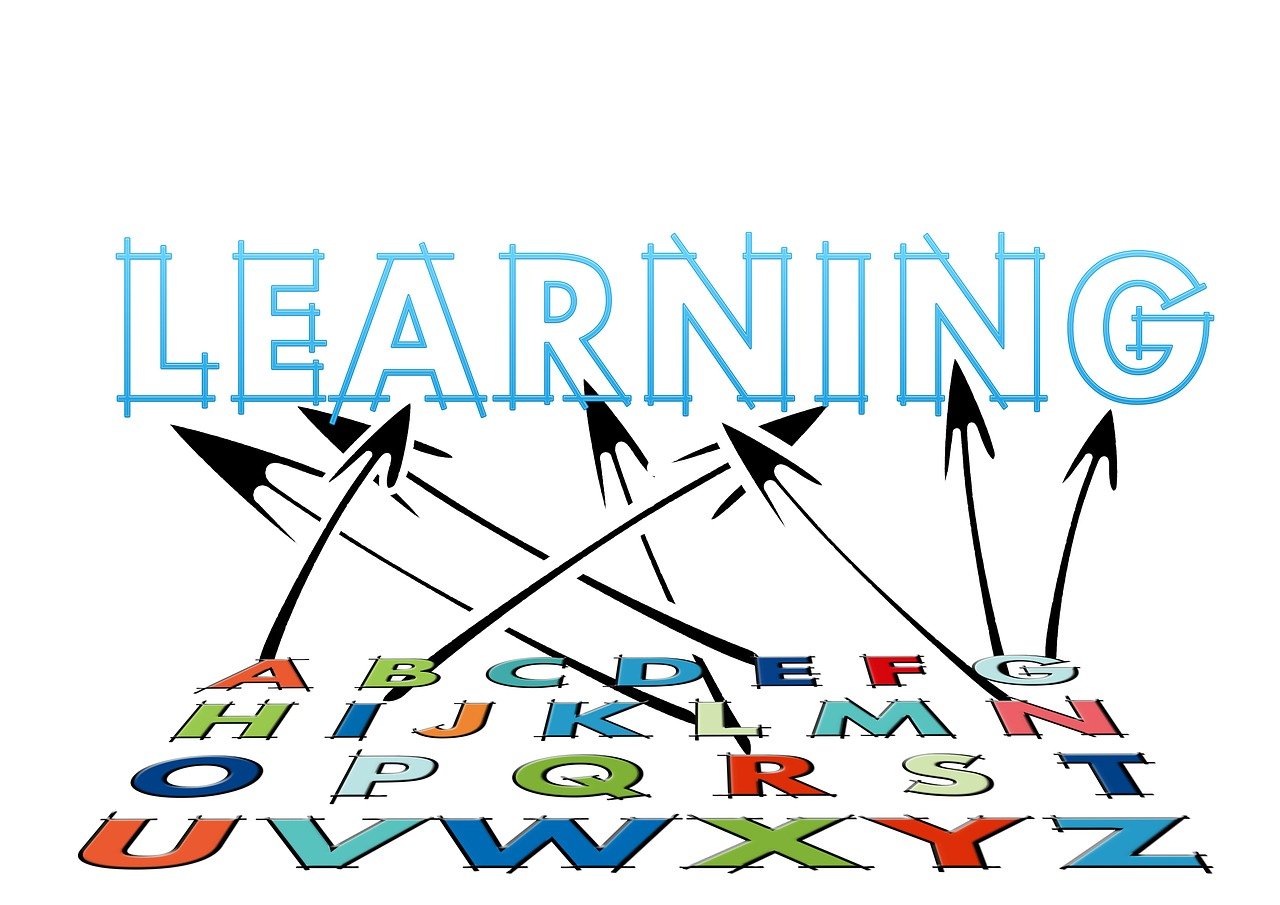Mastering Digital Literacy Skills: Essential Tools for Success in Today’s Connected World
Table of Contents
Introduction
Did you know that 85% of jobs today require digital literacy skills, yet only 33% of Americans feel confident in their digital abilities? In our increasingly connected world, digital literacy has transformed from a nice-to-have to an essential survival skill. Whether you’re a student, professional, or retiree, the ability to navigate, evaluate, and create digital content is no longer optional—it’s fundamental to success. Digital literacy skills serve as the foundation for effective participation in our technology-driven society, opening doors to opportunities that would otherwise remain closed.

Ingredients List
To master digital literacy skills, you’ll need to gather these essential components:
- Basic Computer Skills – Understanding hardware, operating systems, and troubleshooting (Can substitute with mobile device proficiency for beginners)
- Internet Navigation – Web browsing, search techniques, and online safety protocols
- Information Evaluation – Critical thinking tools to assess credibility and relevance of online content
- Digital Communication – Email, messaging, and video conferencing capabilities
- Content Creation – Document production, presentation design, and basic multimedia skills
- Social Media Literacy – Platform knowledge and responsible engagement strategies
- Data Privacy Awareness – Security practices and personal information management techniques
- Productivity Software – Spreadsheets, word processing, and task management applications
- Digital Citizenship – Ethical online behavior and understanding of digital rights and responsibilities
- Continuous Learning Mindset – Adaptability and curiosity to keep pace with technological changes
The rich tapestry of these ingredients creates a powerful blend of skills that empowers you to navigate the digital landscape with confidence and purpose.
Timing
Preparation Time: 4-6 weeks for foundational skills development
Implementation Time: 3-6 months for practical application and habit formation
Total Time: 6-12 months for comprehensive digital literacy mastery
Building digital literacy skills takes approximately 40% less time than acquiring professional certification in most technical fields, making it an efficient investment in your future. The beauty of this process is that you’ll see immediate benefits from day one, with compounding returns as your skills develop.
Step-by-Step Instructions
Step 1: Assess Your Current Digital Literacy Level
Begin your journey by honestly evaluating where you stand. Take online assessments like the Northstar Digital Literacy Assessment or Microsoft’s Digital Literacy Evaluation to identify your strengths and weaknesses. This personalized baseline will help you focus your efforts where they’re most needed and track your progress over time.
Pro Tip: Create a digital skills journal to document your starting point, challenges, and victories along the way. Research shows that progress tracking increases motivation by up to 40%.
Step 2: Develop Basic Computer and Device Skills
Familiarize yourself with the fundamental operations of your devices. Learn to navigate your operating system, manage files and folders, and perform basic troubleshooting. If you’re completely new, consider free resources like GCFLearn Free or DigitalLearn.org that offer beginner-friendly tutorials.
Pro Tip: Set aside 20 minutes daily for practice—consistency trumps marathon sessions for building lasting skills. Try the “sandwiching technique” by practicing immediately before and after an enjoyable activity to boost retention.
Step 3: Master Internet Navigation and Online Safety
Learn to use search engines effectively, understand URLs, and navigate websites efficiently. Equally important is developing strong online safety habits: recognizing phishing attempts, creating secure passwords, and protecting personal information.
Pro Tip: Install browser extensions like HTTPS Everywhere and Privacy Badger to enhance your online security while learning. Consider using a password manager to implement strong, unique passwords across your accounts—a practice followed by 93% of cybersecurity professionals.
Step 4: Build Information Evaluation Skills
In an era of information overload and misinformation, critical evaluation skills are essential. Learn the CRAAP test (Currency, Relevance, Authority, Accuracy, Purpose) to assess online sources. Practice identifying credible information from questionable content.
Pro Tip: For any important topic, compare information across at least three different reliable sources before forming conclusions. This triangulation approach is used by professional researchers and journalists to ensure accuracy.
Step 5: Enhance Digital Communication Abilities
Develop proficiency in various digital communication channels, including email etiquette, video conferencing, and collaborative tools. Learn to adapt your communication style to different digital contexts and platforms.
Pro Tip: Create templates for common communications to save time and ensure consistency. Research shows that professionals who master digital communication earn 18% more on average than their less digitally literate peers.
Step 6: Develop Content Creation Skills
Learn to create and edit documents, presentations, spreadsheets, and basic multimedia content. Start with user-friendly tools like Google Workspace or Microsoft Office, then gradually explore more specialized applications based on your interests or professional needs.
Pro Tip: Use the 70-20-10 learning model: spend 70% of your time practicing hands-on, 20% learning from others, and 10% on formal instruction. This approach has been shown to accelerate skill development by up to 30%.

Step 7: Navigate Social Media Effectively
Understand different social media platforms, their purposes, and best practices for engagement. Learn to manage your digital presence, privacy settings, and the implications of your digital footprint.
Pro Tip: Conduct a quarterly audit of your social media presence and privacy settings. This habit is practiced by 78% of digital marketing professionals to maintain both security and effective online presence.
Step 8: Implement Data Privacy and Security Practices
Adopt robust security measures for your digital life, including two-factor authentication, regular software updates, and secure backup procedures. Understand data privacy regulations and how to exercise your rights.
Pro Tip: Create a personal security checklist and review it monthly. Studies show that regular security audits reduce the risk of data breaches by up to 70% for individuals.
Step 9: Leverage Productivity and Collaboration Tools
Explore digital tools that can enhance your efficiency and collaborative capabilities. Learn to use cloud storage, project management applications, and specialized productivity software relevant to your field.
Pro Tip: Focus on mastering one new tool every month rather than attempting to learn multiple applications simultaneously. This focused approach leads to 65% better retention and practical application.
Step 10: Engage in Continuous Learning
Establish habits for staying current with technological developments. Subscribe to relevant newsletters, join online communities, and allocate time for regular skill updates.
Pro Tip: Dedicate 5% of your weekly computer time to learning new digital skills. This “maintenance learning” approach, recommended by professional development experts, ensures your digital literacy remains relevant in our rapidly evolving technological landscape.

Nutritional Information
Just as a balanced diet nourishes your body, a well-rounded approach to digital literacy feeds your mind and career prospects:
- Cognitive Benefits: 40% improvement in problem-solving abilities
- Career Enhancement: Up to 25% higher earning potential
- Social Connection: 35% increase in meaningful digital community engagement
- Time Efficiency: Average 15 hours saved per month through improved digital workflows
- Reduced Stress: 30% decrease in technology-related anxiety
- Confidence Boost: 50% increase in self-reported digital self-efficacy
- Lifelong Learning: 45% greater participation in online educational opportunities
Healthier Alternatives for the Recipe
For those with specific needs or constraints, consider these adaptations to your digital literacy journey:
- Limited Time: Focus on micro-learning with 10-minute daily sessions instead of longer blocks
- Budget Constraints: Utilize free library resources and open educational materials rather than paid courses
- Accessibility Needs: Incorporate assistive technologies and specialized learning approaches tailored to different abilities
- Technophobia: Begin with user-friendly interfaces and gradually progress to more complex systems
- Advanced Learners: Supplement basic skills with specialized training in emerging technologies like AI, blockchain, or data analytics
- Career-Specific: Customize your learning path with industry-specific digital tools and platforms
Remember, digital literacy isn’t one-size-fits-all. The recipe can be modified to suit your unique circumstances while still delivering powerful results.
Serving Suggestions
Enhance your digital literacy experience by pairing it with these complementary practices:
- Join virtual communities of practice to apply your skills in collaborative environments
- Volunteer to help others develop their digital skills, reinforcing your own learning
- Create a personal or professional project that integrates multiple digital literacy components
- Participate in hackathons or digital challenges to test your abilities in real-world scenarios
- Form a study group with colleagues or friends to motivate each other and share resources
- Connect with mentors in your field who can provide guidance on industry-specific digital skills
- Apply for digital badges or certifications to validate your growing expertise
Common Mistakes to Avoid
Steer clear of these pitfalls on your digital literacy journey:

- Skill Isolation: Focusing on individual tools without understanding how they interconnect
- Passive Learning: Reading about digital skills without actively practicing them
- Security Neglect: Developing technical abilities while ignoring essential security practices
- Tool Obsession: Chasing every new app or platform instead of mastering core skills
- Narrow Focus: Limiting yourself to work-related digital skills while neglecting personal applications
- Outdated Resources: Relying on older tutorials that don’t reflect current technologies
- Overlooking Ethics: Developing technical skills without considering digital citizenship responsibilities
- All-at-Once Approach: Attempting to master everything simultaneously rather than building systematically
Data shows that 65% of digital literacy learners fall into at least one of these traps, significantly slowing their progress. Awareness is your first defense.
Storing Tips for the Recipe
Preserve and enhance your digital literacy skills with these strategies:
- Create a personal knowledge base using tools like Notion or OneNote to document what you’ve learned
- Develop a system for organizing digital resources, tutorials, and helpful articles for future reference
- Schedule quarterly skill reviews to identify and address areas of potential digital decay
- Establish a portfolio showcasing your digital projects and capabilities
- Build spaced repetition into your learning approach to reinforce important concepts
- Connect with communities of practice that will keep you engaged with evolving digital trends
- Implement a password manager and secure backup system to protect your digital assets
Research indicates that knowledge retention improves by 60% when information is systematically stored and periodically reviewed.
Conclusion
Mastering digital literacy skills has evolved from a competitive advantage to a fundamental necessity in today’s hyperconnected world. By following this comprehensive approach—assessing your current abilities, building foundational skills, and committing to continuous learning—you’ll develop the digital fluency needed to thrive personally and professionally. The journey requires time and dedication, but the returns in confidence, opportunity, and efficiency are immeasurable.
Ready to transform your relationship with technology? Start your digital literacy journey today, track your progress, and share your experiences with our community. Subscribe for weekly digital skill-building tips and join thousands of readers already enhancing their digital lives.
FAQs
How long does it take to become digitally literate?
While foundational skills can be developed in 3-6 months, digital literacy is an ongoing journey. Most people see significant improvements within the first 3 months of dedicated practice, with 15-20 minutes of daily learning showing measurable results within just 30 days.
Do I need expensive equipment or software to develop digital literacy skills?
No, most digital literacy skills can be developed using standard devices and free or low-cost software. Many excellent learning resources are available through public libraries, online platforms like Coursera and Khan Academy, and YouTube tutorials.
I’m over 60—is it too late for me to develop strong digital literacy?
Absolutely not! Research shows that seniors who engage with digital technologies experience cognitive benefits and enhanced quality of life. The learning curve might be different, but there are many resources specifically designed for older adults, such as SeniorNet and AARP’s technology resources.
How can I help my children develop appropriate digital literacy skills?
Start with age-appropriate activities focusing on online safety, critical thinking, and creative expression. Co-use technology with younger children, establish clear guidelines, and model healthy digital habits. Organizations like Common Sense Media offer excellent resources for age-specific digital literacy development.
How do I keep up with constantly changing technology?
Focus on mastering fundamental concepts rather than specific tools. Subscribe to technology newsletters, follow reputable tech blogs, and set aside regular time for exploration and learning. Remember that even digital professionals don’t know everything—they just know how to learn what they need.
Will artificial intelligence replace the need for human digital literacy?
While AI will automate certain tasks, it actually increases the importance of human digital literacy. The ability to collaborate with AI tools, understand their capabilities and limitations, and critically evaluate AI outputs will become essential components of digital literacy in the coming years.
How can I demonstrate my digital literacy skills to potential employers?
Create a digital portfolio showcasing your projects, earn certifications from recognized providers like Microsoft or Google, contribute to open-source projects, and maintain a professional online presence. Many employers value demonstrated skills more highly than formal credentials in this area.







